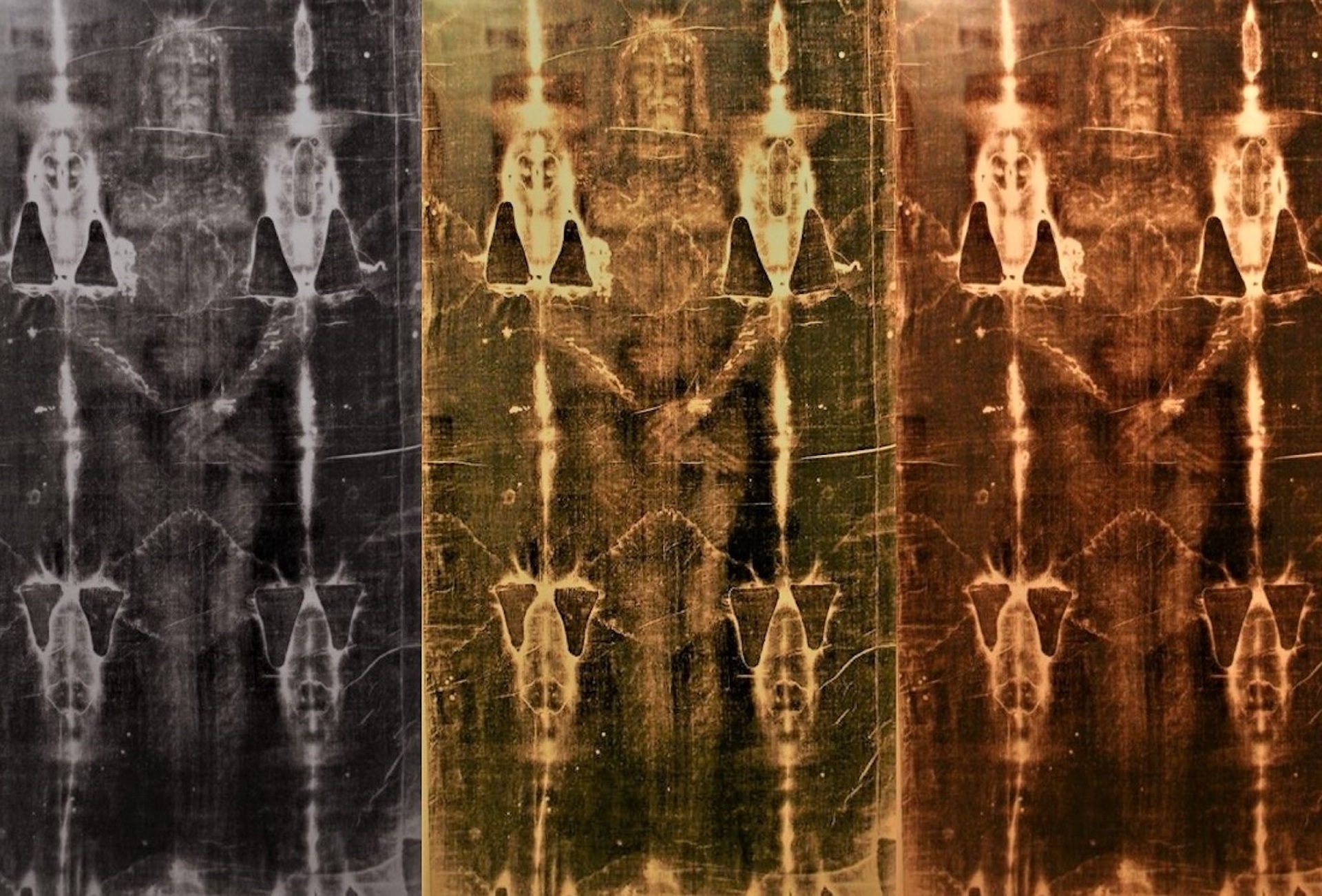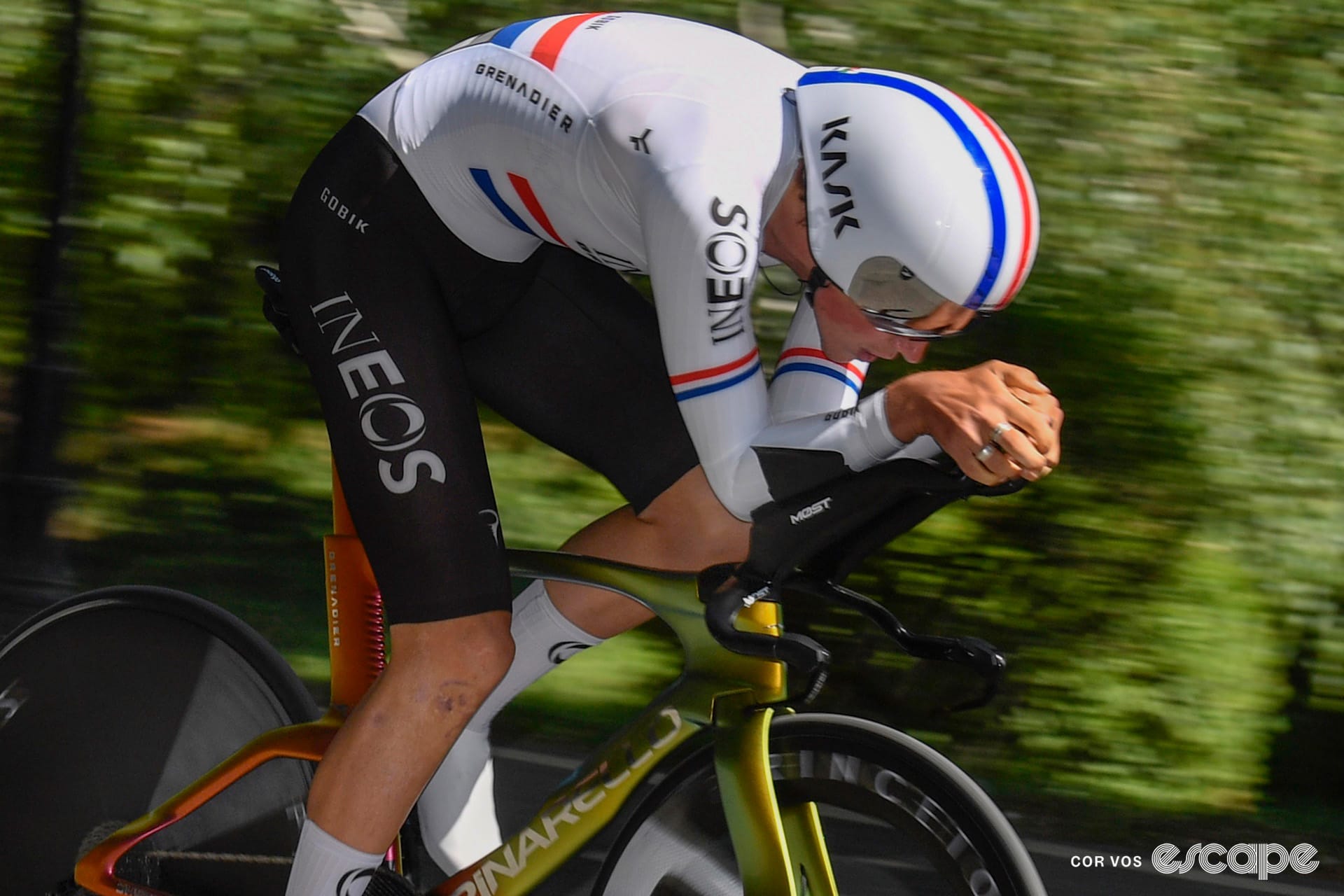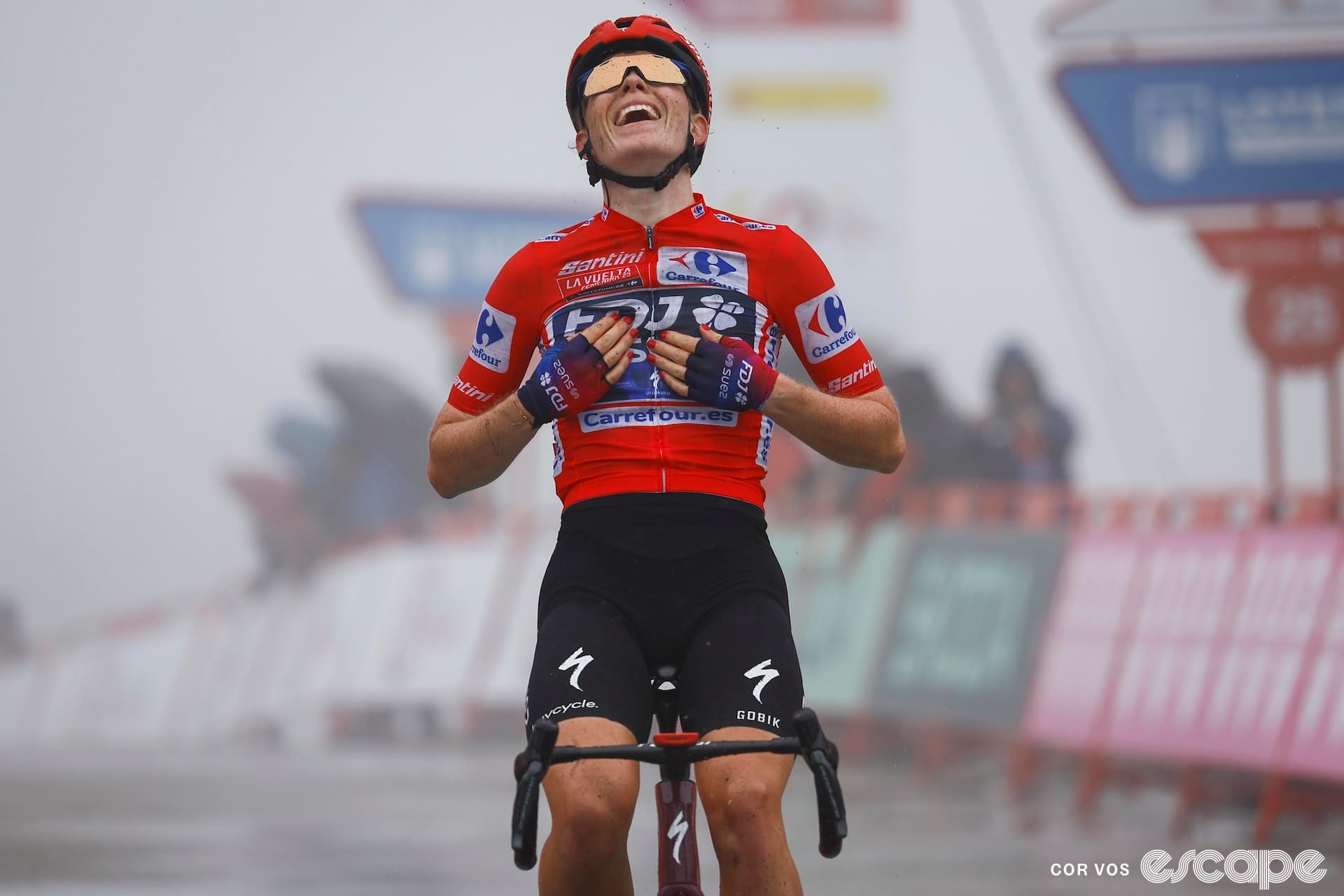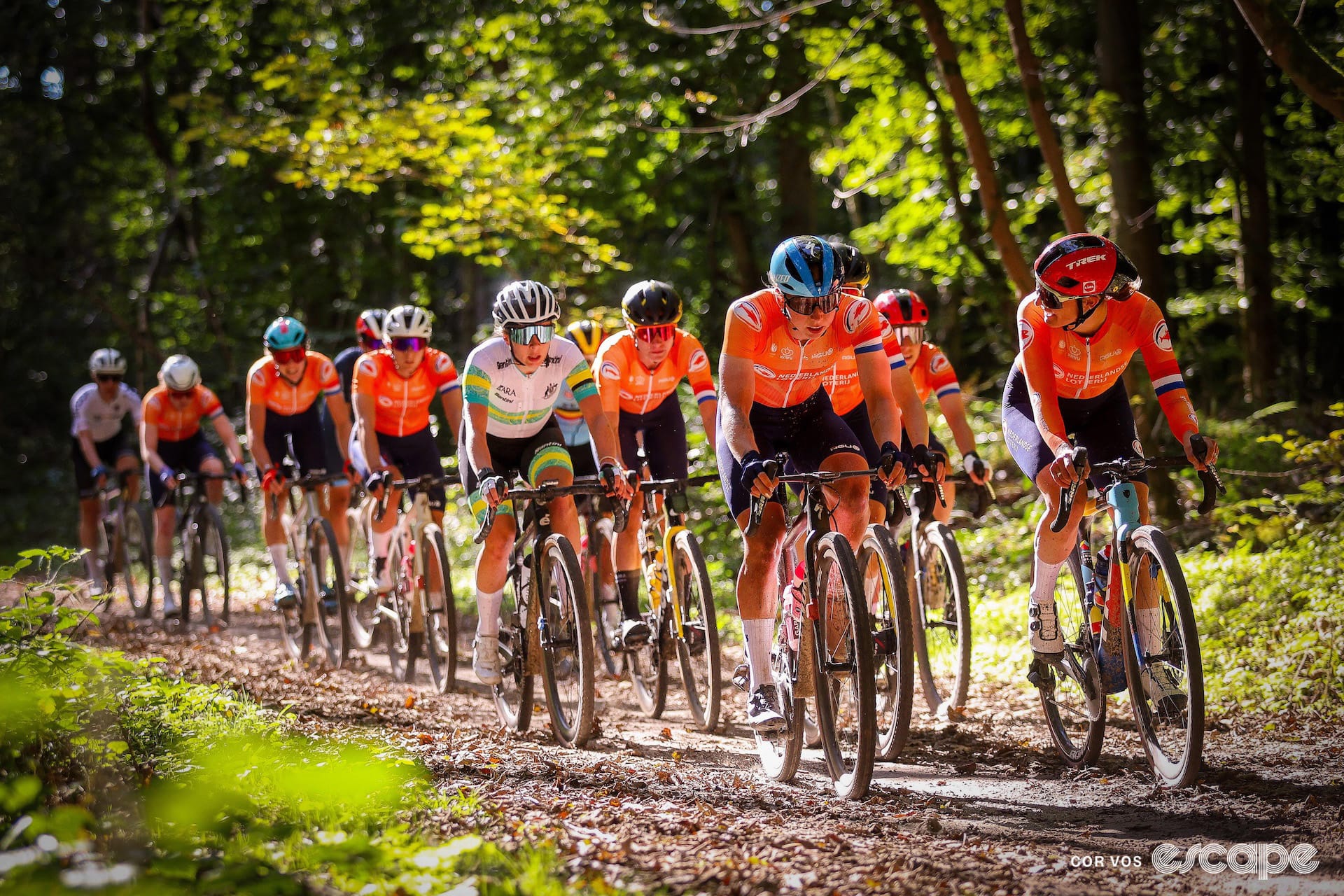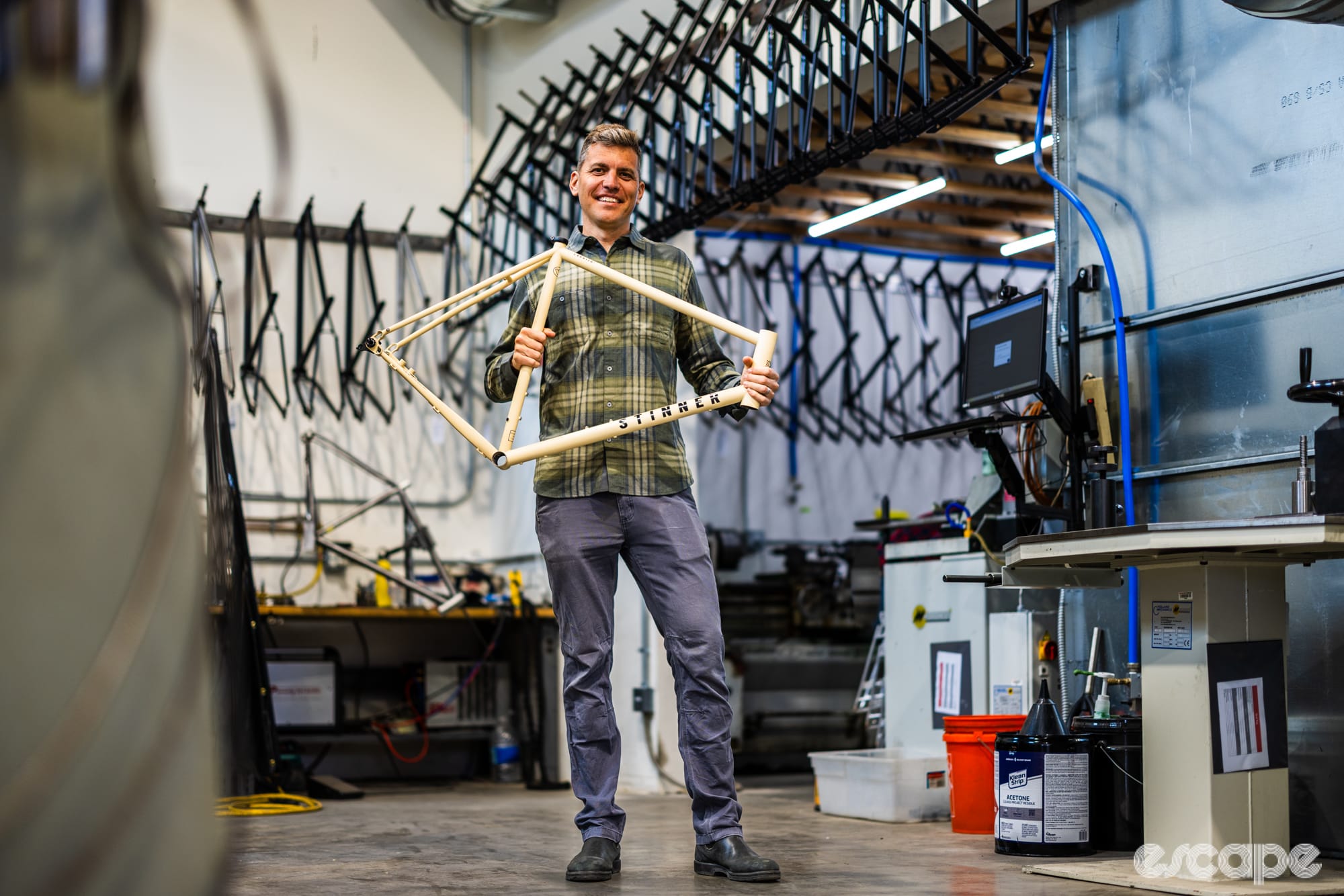Today we pass through Chambéry which is home to Decathlon-AG2R La Mondiale. Expect one or a few of their riders to go for success today because a home race is an important race. Many WorldTour teams now have a three-tiered development system of junior, U23, and elite teams. Scouting happens at a much younger age, down to 15- and 16-year-olds now, as no one wants to miss out on the next Isaac Del Toro or Lenny Martinez.
The Chambéry Cyclisme Formation has been around for over 20 years now. It started in the Division Nationale, the DN1 or French amateur scene, but has recently morphed into a dedicated U23 team, still racing DN1 but also Nation Cups and lower-ranked UCI races like .1 and .2. It also has the same name as the WorldTour team, and the same look and feel. It has a clear focus on performance but also on education and life outside of cycling. Prominent WorldTour riders coming from this development setup are Romain Bardet, Benoît Cosnefroy, Matteo Jorgenson, Sylvan Dillier, the Paret-Peintre brothers, and new sensation Paul Lapeira to name but a few.
Some names to look out for in the U23 team are first-year riders like Australia's junior world time trial champion Oscar Chamberlain, France's junior cyclocross world champion Leo Bisiaux, French junior road race champion Noa Isidore, Killian Verschuren etc. They also lost quite a few of their talented juniors to other teams, testament to the talent they manage to attract. The fight for talent is quite an intense battle these days.
Chambéry is also known for many other things. The Shroud of Turin for one.
The Shroud of Turin is a 14-foot-long (4.27 m) linen cloth bearing an image of a crucified man that has become a popular Catholic icon. For some, it is the authentic burial shroud of Jesus Christ. For others, it is a religious icon reflecting the story of the Christ, and not necessarily the original shroud.
It appeared in historical records around 600 years ago. A French knight named Geoffroi de Charny allegedly presented it to the dean of the church in Lirey, in northeastern France, as Jesus’ authentic burial shroud. There’s no record of how De Charny got his hands on the shroud, nor where it was during the 1,300 other years since Christ’s burial outside Jerusalem.
After the church of Lirey put the shroud on display, pilgrims came and with their arrival came a lot of money as well. Around 1389 the bishop of Troyes sent a report to Pope Clement VII claiming an artist had confessed to forging the shroud. Furthermore, the bishop claimed the dean of the Lirey church knew it was a fake and had used it to raise money anyway. In response, the pope declared the shroud wasn’t the true burial cloth of Christ.
In 1453, Margaret de Charny, the knight’s granddaughter, sold the shroud in exchange for two castles to the royal house of Savoy. It ended up in Chambéry. Margaret de Charney was excommunicated for selling the shroud.
In 1502, the house of Savoy placed the shroud in the Sainte-Chapelle in Chambéry. In 1532, a fire broke out in the chapel. It melted part of the silver in the container protecting the shroud, and this silver fell onto part of the shroud, burning through it. The burn marks and the water stains from where the fire was extinguished are still visible today. You can’t see it though because today it’s safely kept in a climate-controlled room in the Duomo of Turin. The last time it was displayed in public was during a 2015 exhibition attended by millions of visitors.
Did we do a good job with this story?

